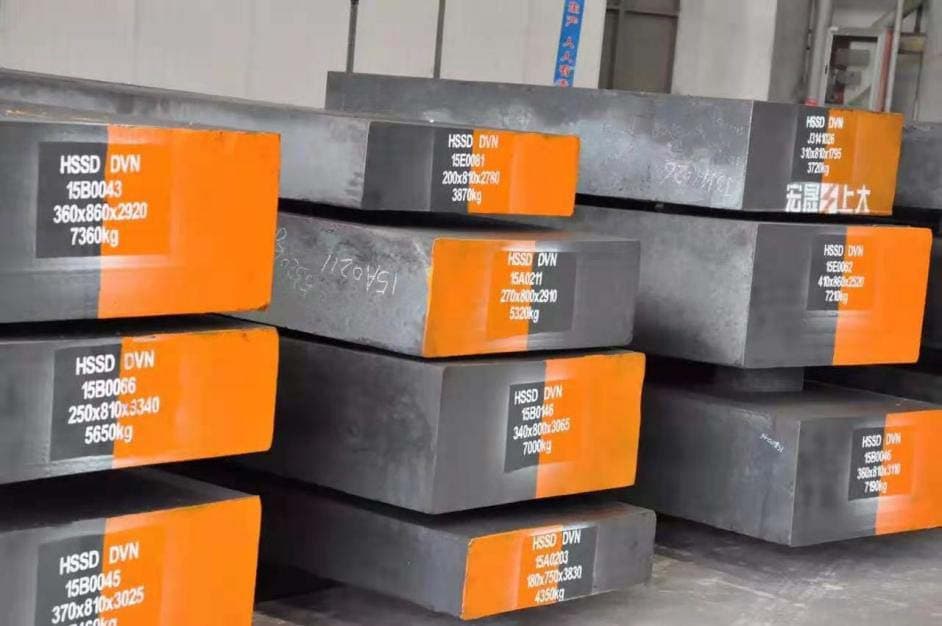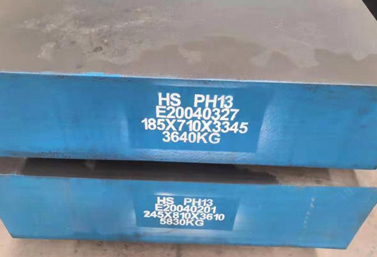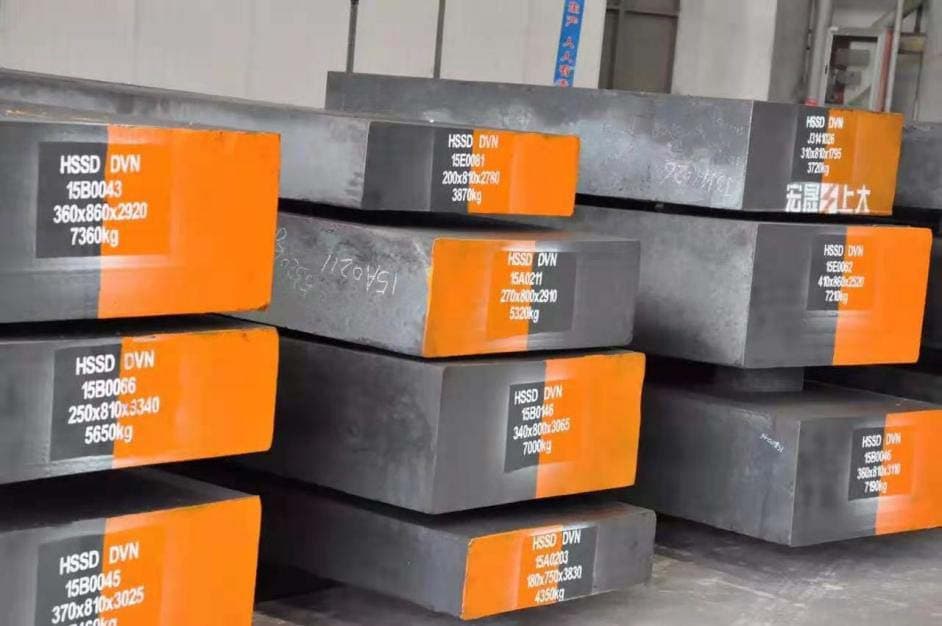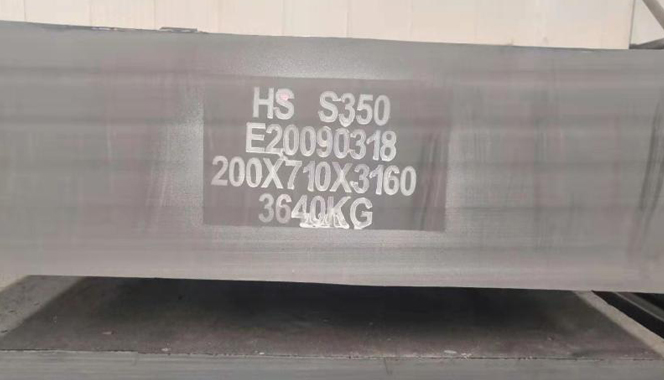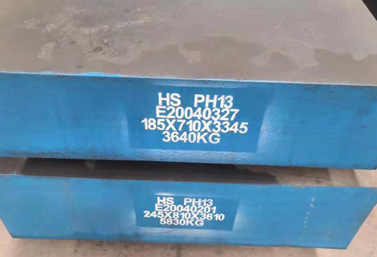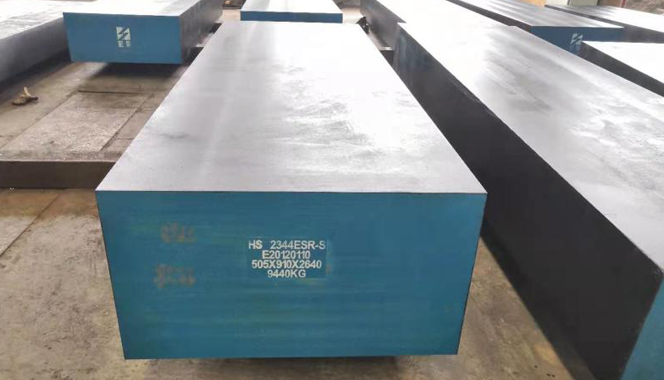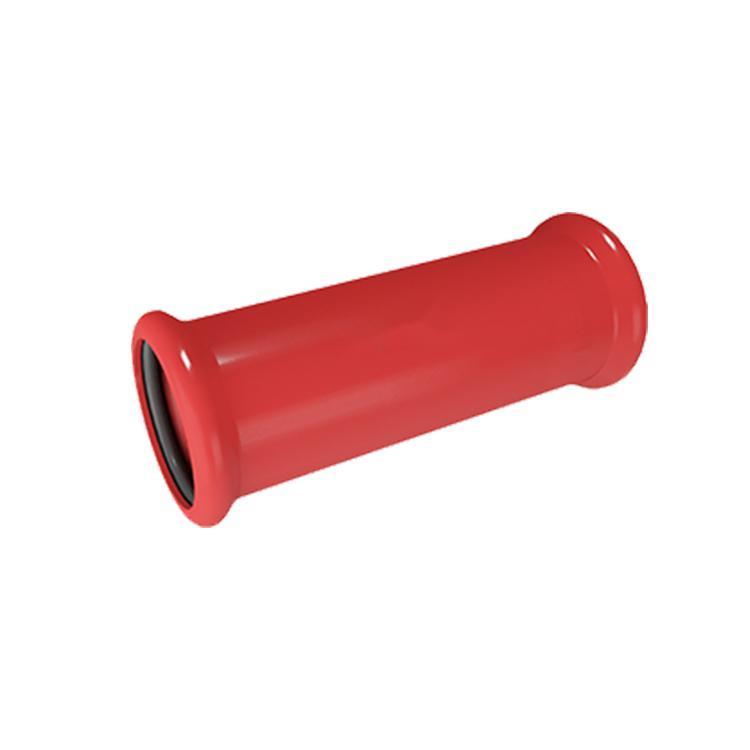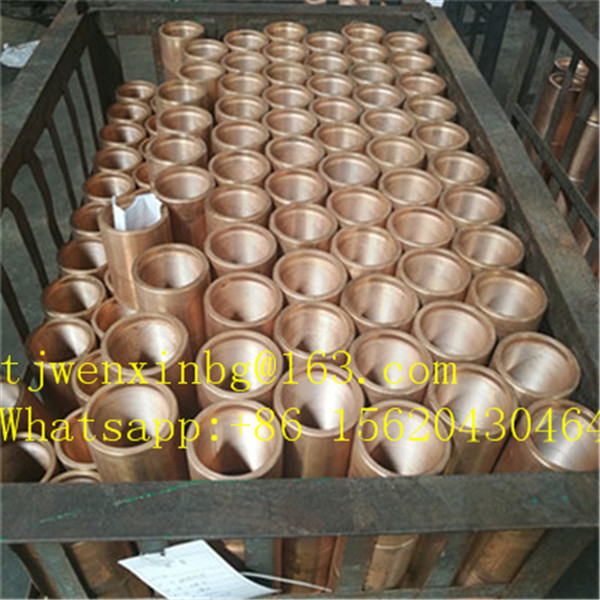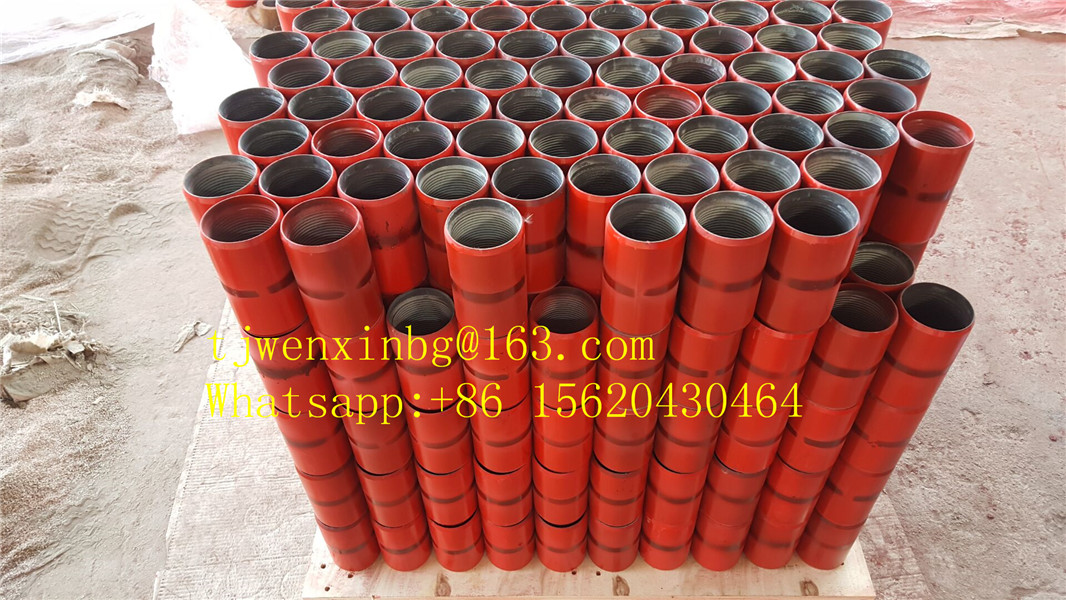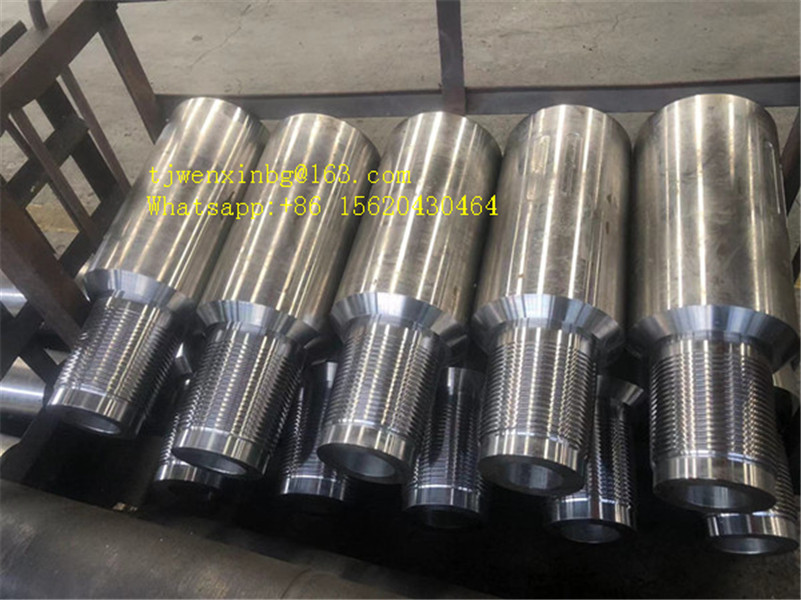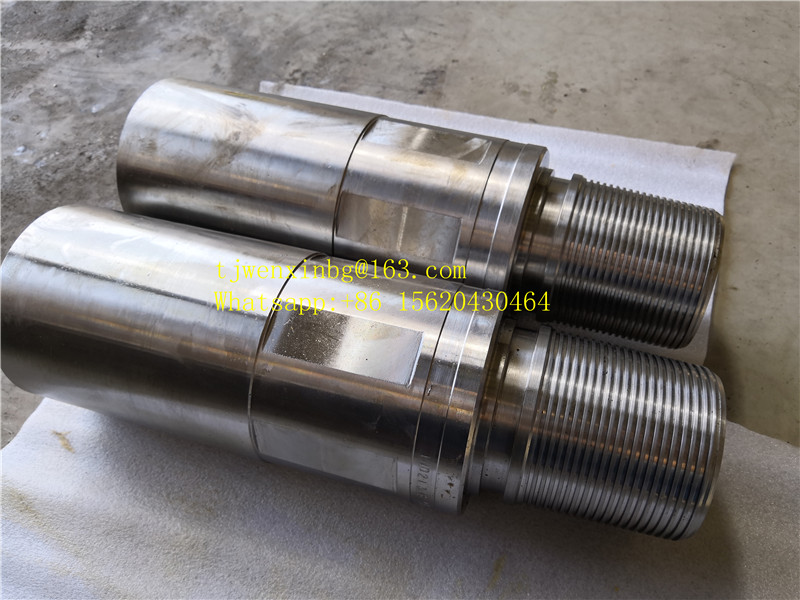HOT WORK DIE STEEL
Hot work die steel, also known as hot work tool steel, is a type of steel specifically designed to withstand high temperatures and severe mechanical stress during hot forming processes such as forging, extrusion, and die casting. It is used to create and shape metal components that require these high-temperature processes.
As one of the die steel suppliers, we supply high quality hot work die steel to meet the requirements of some customers.
Since hot work die steel of die steel productsis under high temperature and high pressure conditions for a long time, the hot die steel properties are required to have high strength, hot die steel hardness and thermal stability, especially high thermal strength, thermal fatigue, toughness and wear resistance.
HS DVN/ HS DVN-Nb Hot Work Die Steel
HS DVN / HS DVN-Nb steel has high high-temperature strength and thermal fatigue resistance, is widely used in casting dies.
HS S350 Hot Work Die Steel
The special composition of HS S350 steel makes it have high high-temperature strength and thermal fatigue resistance.
HS PH13 Hot Work Die Steel
HS PH13 optimizes the alloy element ratio on the basis of traditional H13, and reduces the content of harmful elements.
HS H13-MOD Hot Work Die Steel
HS H13-Mod is modified improved high-thermal-strength hot-work die steel, optimizing the ratio of C and Cr alloy elements on the basis of traditional H13, reduces the content of harmful elements.
HS PH11 Hot Work Die Steel
HS PH11 Hot Work Die Steel is modified high-toughness, high-isotropy, high-quality hot work & plastic mold steel with good cold and hot fatigue resistance and corrosion resistance.
HS 2343ESR-S Hot Work Die Steel
As large-size (thickness range 400-750mm) and high-polished plastic mold steel. It has high purity and good structure uniformity through unique smelting and heat treatment process.
HS CR7 Hot Work Die Steel
Under the conditions of high hardness (≥55HRC), HS CR7 still has good red hardness and abrasion resistance, as well as good toughness.
HS 2344 Hot Work Die Steel
HS 2344 is pressure-resistant hot-working die steel whose performance and use are basically the same as that of H13 steel, and it is one of the widely used hot work die steels.
HS 2714 Hot Work Die Steel
HS 2714 is chromium-nickel-molybdenum-vanadium alloy steel with good hardenability, toughness, and thermal resistance. After quenching and tempering, the steel has good overall performance.
Hot Work Tool Steels Properties
Hot work tool steels are a category of high-temperature materials specifically designed for applications involving cutting, forming, and shaping of materials at elevated temperatures. These steels are known for their excellent thermal stability, wear resistance, and ability to retain hardness at high temperatures. Here are some key properties of hot work tool steels:
High Temperature Strength: Hot work tool steels exhibit exceptional strength and hardness at elevated temperatures, allowing them to withstand the high stresses and loads experienced during hot working processes.
Wear Resistance: These steels are designed to resist wear and abrasion, ensuring prolonged tool life even under demanding conditions. They maintain their hardness and dimensional stability, reducing the need for frequent tool replacements.
Heat Resistance: Hot work tool steels can withstand prolonged exposure to high temperatures without losing their mechanical properties. They have high thermal conductivity, which helps in dissipating heat and minimizing thermal distortion.
Toughness: Hot work tool steels possess good toughness, enabling them to absorb shocks and resist cracking or chipping. This property is crucial for tools subjected to repetitive impact loads during hot working operations.
Dimensional Stability: These hot work die steels have excellent dimensional stability, meaning they maintain their shape and size during prolonged use at high temperatures. This property is essential for ensuring accurate and consistent performance of the tools.
Machinability: Hot work tool steels can be machined and shaped into complex forms, allowing for the production of intricate tool designs. However, due to their high hardness, machining these steels may require appropriate tooling and cutting conditions.
Resistance to Thermal Fatigue: Thermal fatigue resistance is a critical property for hot work tool steels. It refers to their ability to resist cracking and failure caused by cyclic heating and cooling during hot work processes.
It's worth noting that the specific properties of hot work tool steels can vary depending on the grade and composition of the steel. Different grades may have variations in alloying elements, which can impact properties like hardness, toughness, and heat resistance. It's essential to consult the manufacturer's specifications and recommendations to select the appropriate hot work tool steel for a particular application.
Hot Work Die Steels Applications
Hot work die steel is a type of steel specifically designed to withstand high temperatures and mechanical stress. Hot work die steels are commonly used in various industrial applications that involve high-temperature processes, such as forging, die casting, extrusion, and hot stamping. Here are some of the common applications of hot work die steels:
Die Casting: Hot work tool steels are widely used in the production of die casting molds. These molds are subjected to high temperatures and mechanical forces during the casting process. Hot work tool steel's high heat resistance, toughness, and wear resistance make it suitable for this application.
Forging: In the forging industry, hot work die steels are used to manufacture dies and tools for shaping metal parts. The steel's ability to retain strength and hardness at elevated temperatures makes it ideal for withstanding the intense heat and pressure involved in forging operations.
Extrusion: Hot work die steels find application in extrusion processes, where it is used to create dies and mandrels for shaping materials like plastic, rubber, and metal. The steel's high temperature stability and wear resistance ensure its longevity and reliability in such demanding applications.
Hot Stamping: Hot work tool steel is employed in the hot stamping process, which involves forming and hardening metal sheets through rapid heating and quenching. The steel's excellent thermal conductivity and resistance to thermal fatigue make it well-suited for this application.
Heat Treatment: Hot work die steels are also utilized in heat treatment applications. It is used for manufacturing components such as furnace parts, heat-resistant containers, and heat treatment fixtures. The steel's ability to maintain its strength and hardness at high temperatures makes it suitable for these heat-intensive environments.
Plastic Molding: Some grades of hot work die steels are employed in plastic injection molding applications. These steels offer good polishability, high hardness, and resistance to thermal fatigue, ensuring durability and longevity in the injection molding process.
Overall, hot work die steels are extensively used in industries where high-temperature operations and mechanical stress are involved. Its properties of high heat resistance, hardness, toughness, and wear resistance make it an excellent choice for various demanding applications.
Hot Work Steels Grades
Hot work steel grades are specifically designed to withstand high temperatures and thermal stresses involved in processes such as forging, extrusion, die casting, and other hot working operations. These steels are characterized by their excellent strength, toughness, and heat resistance properties. Here are some commonly used hot work steel grades:
H13: H13 is a widely used hot work die steels with excellent combination of hardness, toughness, and heat resistance. It can retain its hardness even at elevated temperatures, making it suitable for die casting, forging, and extrusion applications.
H11: H11 is another popular hot work steel grade known for its high thermal conductivity and resistance to thermal fatigue. It is often used in applications involving high-temperature stress, such as hot forging and extrusion dies.
H21: H21 is a chromium-tungsten hot work tool steel with excellent heat resistance and wear resistance. It is commonly used in hot working applications where high temperature strength and hardness are required.
H10: H10 is a versatile hot work steel grade that offers good combination of toughness, heat resistance, and wear resistance. It is commonly used in applications such as hot punches, die casting dies, and forging dies.
H12: H12 is a hot work steel grade with high thermal conductivity and excellent resistance to heat checking. It is often used in die casting applications and for hot forging and extrusion dies.
H19: H19 is a high-speed hot work steel grade that offers exceptional wear resistance, high temperature strength, and toughness. It is commonly used in applications involving high-speed punching, trimming, and cutting.
It's important to note that the specific selection of a hot work steel grade depends on the specific requirements of the application, including the type of hot working process, the operating temperatures involved, and the desired properties of the finished product. Consulting with a materials engineer or expert is recommended to determine the most suitable hot work steel grade for a particular application.
Hot Work Die Steels Alloying Elements
The main alloying elements in hot work die steels include chromium, molybdenum, vanadium, tungsten, and sometimes cobalt or nickel. These alloying elements contribute to the steel's ability to resist heat-induced softening, deformation, and wear. Additionally, they help in maintaining the steel's hardness and mechanical properties at elevated temperatures.
Chromium Hot Work Tool Steels
Chromium hot work tool steels are a specific category of tool steels that are designed to withstand high temperatures and maintain their hardness and strength at elevated operating temperatures. These steels are widely used in applications that involve high-temperature operations such as hot forging, die casting, extrusion, and metal heat treatment.
The addition of chromium as an alloying element in hot work tool steels provides several beneficial properties. Chromium enhances the steels' resistance to wear, oxidation, and corrosion, making them suitable for use in harsh environments. It also improves the high-temperature strength and hardness retention of the steels, allowing them to maintain their mechanical properties even when exposed to extreme heat.
One commonly used chromium hot work tool steel is H13, which is characterized by its excellent combination of hardness, toughness, and high-temperature strength. H13 steel contains approximately 5% chromium along with other alloying elements such as molybdenum, vanadium, and carbon. It exhibits good resistance to thermal fatigue, excellent hot hardness, and high resistance to heat checking, making it suitable for various hot work applications.
Another popular chromium hot work tool steel is H11, which has similar properties to H13 but with a slightly lower chromium content. H11 steel is often chosen for applications that require high toughness and resistance to thermal fatigue.
Chromium hot work tool steels are typically hardened and tempered to achieve the desired combination of hardness, toughness, and high-temperature performance. They can be readily machined and processed using standard tooling techniques. However, due to their high chromium content, these steels can be prone to cracking if not properly heat-treated and cooled.
Overall, chromium hot work tool steels are valued for their excellent heat resistance, wear resistance, and toughness at elevated temperatures. They play a crucial role in various industrial applications where the tools are subjected to high temperatures, ensuring efficient and reliable performance in demanding hot work processes.
Molybdenum Hot Work Tool Steels
Molybdenum hot work tool steels are a type of high-performance steel used in applications that involve high temperatures and mechanical stress, such as hot forging, extrusion, and die casting. These steels are specifically designed to maintain their strength and hardness at elevated temperatures, making them ideal for withstanding the demanding conditions of hot work operations.
One of the key components of molybdenum hot work tool steels is molybdenum, which is added to enhance the material's heat resistance. Molybdenum has a high melting point and excellent thermal conductivity, allowing the steel to maintain its strength and structural integrity even when exposed to extreme temperatures. The addition of molybdenum also improves the steel's resistance to softening and deformation, making it highly suitable for prolonged use in hot work applications.
In addition to molybdenum, these steels may contain other alloying elements such as chromium, vanadium, and tungsten. Chromium enhances the steel's resistance to oxidation and corrosion, while vanadium and tungsten contribute to its high-temperature strength and toughness. The precise composition of molybdenum hot work tool steels can vary depending on the specific requirements of the application.
These steels are characterized by their excellent combination of hardness, toughness, and thermal stability. They exhibit high wear resistance, allowing them to withstand the abrasive nature of hot work processes. They also possess good dimensional stability, which is crucial for maintaining the shape and precision of tools and dies during repeated heating and cooling cycles.
Molybdenum hot work tool steels can be readily machined and processed using conventional methods. They can be hardened and tempered to achieve the desired mechanical properties, such as high hardness, strength, and resistance to deformation. Proper heat treatment is essential to maximize the performance and lifespan of these steels.
Overall, molybdenum hot work tool steels are essential materials in industries that involve high-temperature operations. Their exceptional heat resistance, combined with their mechanical properties, makes them indispensable for the production of dies, molds, and other tools used in hot work applications.
Vanadium Hot Work Tool Steels
Vanadium hot work tool steels are a type of steel alloy that is specifically designed to withstand high-temperature applications in various industries. They are known for their exceptional heat resistance, strength, and ability to retain hardness at elevated temperatures.
Vanadium is a key alloying element in these steels, typically present in the range of 1% to 5%. It contributes to the steel's heat resistance by forming stable carbides that prevent grain growth and improve the steel's overall stability at high temperatures. Additionally, vanadium enhances the steel's wear resistance, toughness, and hardness, making it suitable for demanding hot work applications.
The properties of vanadium hot work tool steels make them ideal for applications such as forging, extrusion, die casting, hot stamping, and other processes involving high temperatures and mechanical stress. These steels maintain their hardness and strength even when exposed to prolonged heating and cooling cycles, which is crucial for maintaining the dimensional stability and performance of the tools.
In comparison to other hot work tool steels, vanadium alloys exhibit superior resistance to heat checking, deformation, and thermal fatigue. They also have excellent red hardness, meaning they can retain their hardness even at high temperatures. This characteristic is crucial for prolonging the lifespan of the tools and ensuring consistent performance under extreme conditions.
Vanadium hot work tool steels are commonly used in the production of dies, molds, punches, inserts, and other tooling components that are subjected to high temperatures. These steels are often employed in industries such as automotive, aerospace, energy, and general manufacturing.
It's worth noting that there are different grades and compositions of vanadium hot work tool steels available, each tailored to meet specific application requirements. Manufacturers and toolmakers select the appropriate steel grade based on factors such as expected operating temperature, load conditions, and desired tool performance.
Overall, vanadium hot work tool steels offer a combination of high-temperature resistance, strength, and toughness, making them essential for reliable and durable tooling in demanding hot work applications.
Tungsten Hot Work Tool Steels
These steels are primarily alloyed with carbon, tungsten, chromium, and occasionally vanadium. The increased alloy content enhances their ability to withstand high temperatures without softening, surpassing the performance of regular chromium steels. However, it should be noted that these steels in this group tend to be more brittle. Their typical hardness during operation falls within the range of 450 to 600HV.
In contrast to the steels in the hot work chromium group, the high tungsten content renders this particular group unsuitable for water cooling during service. Upon analyzing the composition of steels within this group, one can observe their similarity to high-speed steels. In fact, type H26 represents a low carbon variant of the T1 high-speed steel. Within this group of hot work tool steels, toughness and resistance to thermal shock are commonly achieved by reducing the carbon content. However, this reduction necessitates adjusting the levels of tungsten and vanadium as well. This is because both tungsten and vanadium reduce the steel's ability to harden by retaining an excessive amount of carbon within complex carbides, thereby impeding the availability of sufficient carbon within the austenite matrix. Consequently, the adjusted composition represents an optimal combination of hardness and resistance to high temperatures while maintaining a notable level of toughness and thermal shock resistance.
FAQs of Hot Work Die Steel
What is hot work die steel?
Hot-work die steel refers to alloy tool steel suitable for making molds for thermal deformation processing of metals, such as hot forging dies, hot extrusion dies, die-casting dies and hot upsetting dies. there are many types such as 4cr5mosiv1, 3cr2w8v and 5crnimo.
在线联系供应商
Other supplier products
| 1.2316 Steel | It is DIN standard mold steel, which belongs to martensitic stainless steel for plastic mold. Chemical properties of 1.2316 Steel Steel Grade... | |
| DIE STEEL (MOULD STEEL) | Die steel products are used to make molds of cold punching, hot forging and die casting, etc. It is the main processing tool for producing parts in... | |
| HS S350 Hot Work Die Steel | HS S350steel is improved Cr-Mo-V hot work die steel. The special composition design makes it have high high-temperature strength and thermal fatigu... | |
| H10 Steel | H10 Steel ASTM/AISI specification classifies chromium hot work tool steels as group H steels, ranging from H10, H11, H12 to H19. AISI H10 tool s... | |
| HS 2344 Hot Work Die Steel | HS 2344 using 1.2344 steelis pressure-resistant hot-working die steel. The performance and use of HS material 2344are basically the same as that of... |
Same products
| Steel Press Fittings Coupling | 卖方: FLUID TECH PIPING SYSTEMS (TIANJIN) CO.,LTD | Features: Product Variety: Coupling (DDS Coupling ),Long coupling ,Reducer Coupling Size:DN20-D... | |
| SCC L8013Cr 2-7/8" EUE Tubing Coupling SSC | 卖方: Tianjin Wenxin Energy Technology Co.,LTD | Introduction Copper plated coupling are short lengths of pipe used to connect 2 joints of casing... | |
| Special Clearance 1.9" N80 NUE Tubing Coupling | 卖方: Tianjin Wenxin Energy Technology Co.,LTD | Introduction NUE Thread Couplings are short lengths of pipe used to connect 2 joints of tubing.T... | |
| DS55/HT55/HST55 4145h Crossover | 卖方: Tianjin Wenxin Energy Technology Co.,LTD | Introduction Crossover is a tubing or casing for connecting two different sizes, threads and wei... | |
| X-over 3-7/8"CAS 2Cr13 Crossover | 卖方: Tianjin Wenxin Energy Technology Co.,LTD | Introduction Crossover is a tubing or casing for connecting two different sizes, threads and wei... |









